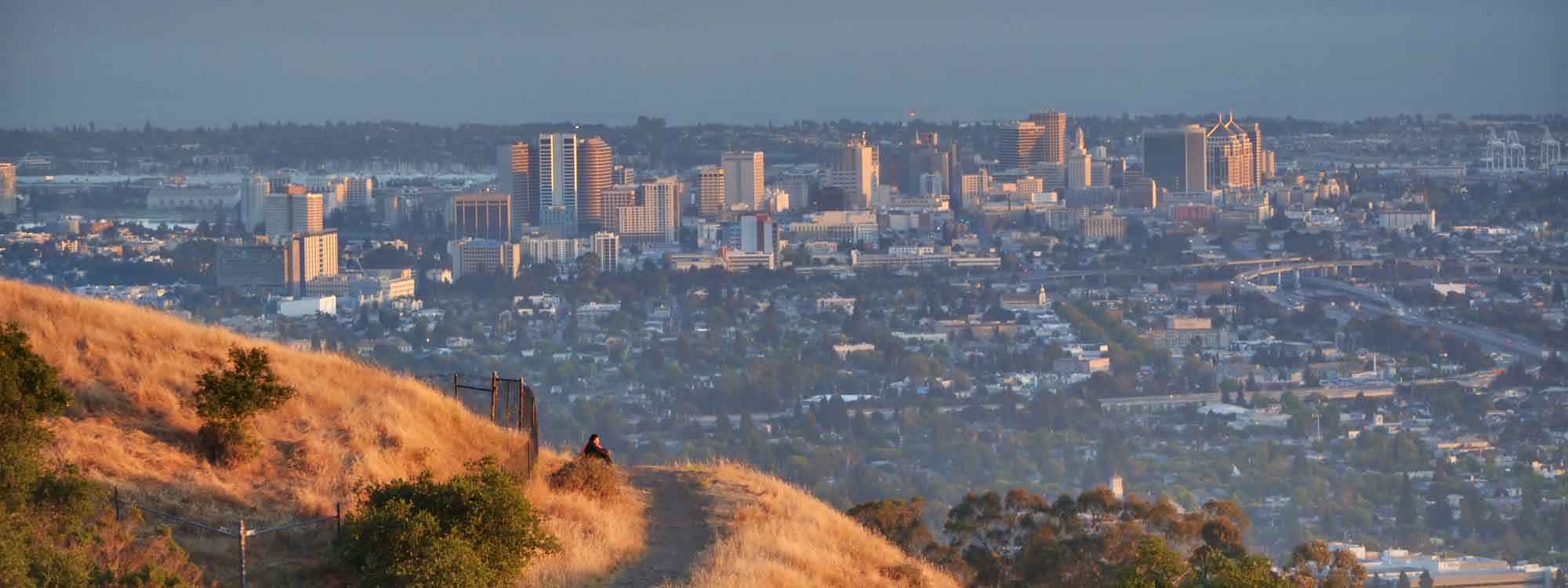On July 27, the Metropolitan Transportation Commission (MTC) adopted its rules for the second round of its One Bay Area grant program (OBAG). Their updated program, known affectionately as “OBAG2,” includes some groundbreaking new approaches for encouraging the right development in the right places and tackling the Bay Area’s housing affordability and displacement challenges.
Established in 2012, the OBAG program provides grant funding to reward jurisdictions that are planning for more homes and jobs near transit and that are taking steps to preserve natural and agricultural lands. It’s a key tool to implement Plan Bay Area, the region’s blueprint for growing smartly.
During its first five years, OBAG guided hundreds of millions of transportation dollars to support locally-nominated Priority Development Areas (PDAs) and incentivized jurisdictions around the region to update their housing elements and adopt complete streets policies. It also launched a first-in-the-nation conservation grant program, investing $10 million of transportation funds to support the region’s Priority Conservation Areas (PCAs).
We’ve been working hard over the last two years to make sure that OBAG2—which allocates $862 million dollars from 2017 through 2022—builds upon the foundation of OBAG1, creating stronger incentives to grow in ways that create great neighborhoods for everyone while protecting our iconic open spaces. It’s great to see that hard work pay off, with some meaningful improvements in OBAG2.
Highlights
OBAG2 includes two brand new programs:
- A new $30 million incentive program to reward jurisdictions producing the most very-low, low, and moderate-income housing within their Priority Development Areas (PDAs) and Transit Priority Areas (TPAs).
- A $10 million contribution to kick start a new regional pilot program that will preserve and rehabilitate existing homes near transit so that they can remain affordable.
MTC also made some smart policy changes for accessing certain OBAG grant funds:
- A new requirement that cities and towns must comply with the state’s 2014 Surplus Lands Act. The Surplus Lands Act lays out guidelines for prioritizing affordable homes on land that jurisdictions determine they no longer need.
- A new requirement that County Congestion Management Agencies (CMAs) establish scoring methodologies that reward jurisdictions with anti-displacement policies.
- An adjustment to the funding distribution formula that more strongly rewards local production of affordable homes.
These improvements complement MTC’s decision last fall to grow the size of its grant program for protection of the region’s Priority Conservation Areas (PCAs) by 60% in OBAG2.
The adoption of OBAG2 marks an important step forward for the region. And it wouldn’t have been possible without the tireless advocacy from many residents, organizations, public agency staff, and elected officials. We extend a special thanks to Oakland Mayor Libby Schaaf for her leadership.
Now that OBAG2 has been adopted, we’ll be watching closely to see how the program performs and how it can be improved in round three. We hope that MTC and its partner agency the Association of Bay Area Governments (ABAG) will continue to find innovative solutions to tackle the Bay Area’s growth challenges in ways that improve housing affordability, reduce traffic, and stop sprawl. They’ll have more opportunities to do so as they draft their update to Plan Bay Area over the coming year. It’s also a topic that should be front and center in the discussions about the merger of MTC and ABAG. Stay tuned for more on these fronts in the months ahead.
Photo: Daniel Parks via Flickr




